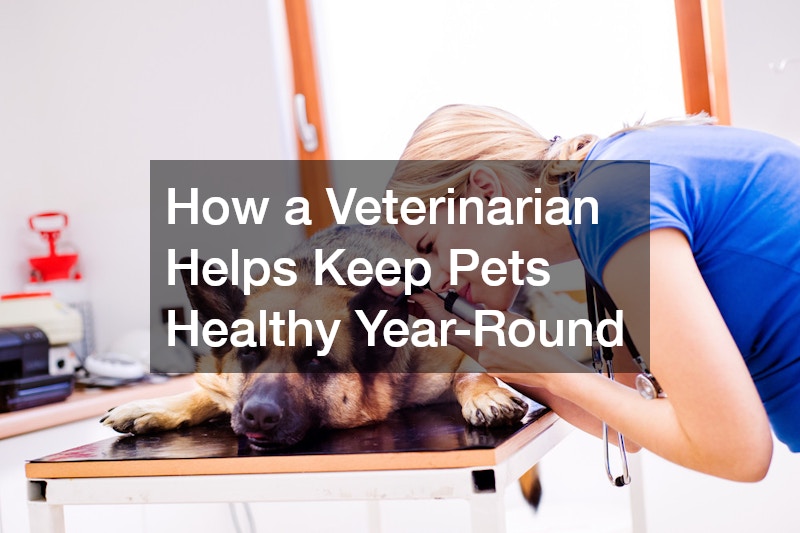

Your pet is your best friend. They have an endless amount of humor, are great at cheering you up at the end of a bad day and provide you companionship for years. Why not give them the healthiest lifestyle possible? Taking good care of your pet’s emotional and physical health is an ongoing process, one that requires you stay up-to-date on warning signs and basic daily maintenance to keep up. When in doubt? It’s imperative you visit your local animal hospital and get what you need to keep your furry friend happy.
Tips For Taking Care Of Your Dog
Dogs are easily one of the most popular pets around the world. In the West? Over 46 million households own dogs, ranging from energetic terriers to massive hounds. Studies have estimated at least 80% of dogs will show signs of dental disease by the age of three, that of which can lead to abscesses, loose teeth and chronic pain if not tended to. There are teeth-conscious treats you can feed your dog to reduce the worst of it, while taking them to a veterinarian on a regular basis can pinpoint small problems before they become large issues.
Tips For Taking Care Of Your Cat
Got a smaller living abode or just prefer the company of a more independent animal? You may just be a cat owner! Well over 38 million households own cats in the United States, with many owning two or three so they don’t get lonely while they’re out at work or school. Nearly 70% of cats show signs of dental disease by the age of three — it can be difficult to brush a cat’s teeth due to their finicky nature, so requesting veterinary services can go a long way in keeping your feline pal feeling good. If you own a kitten you need to bring them in for vaccines every three to four weeks until they’re 16 weeks old.
Common Diseases And Conditions
Keep a sharp eye out for these pests! Fleas are one of the most frequent irritants affecting dogs and cats alike, incredibly tiny and notoriously stubborn. The female flea can lay up to 2,000 eggs in her lifetime and a single flea can live a whopping 100 days without a blood meal. Yikes! Fleas have four life stages — the egg, larva, pupa and biting adults — and a female flea can consume 15 times her own body weight in blood every day. To make matters worse these unwanted guests can jump up to eight inches high (up to 150 times its own height), meaning they can spread in a millisecond and leave everyone itching!
Common Veterinary Check-Ups
An animal hospital is where you go to help pets who are showing signs of significant illness or injury. In-between? You want to actively look into veterinary options so they can stay as healthy as possible. Always get your dog or cat spayed or neutered to prevent unwanted litters, while basic vaccines should be covered as soon as possible. Certain dog breeds, particularly purebred ones such as the German Shepard or Dachshund, are known for developing back and hip problems in their later years. When in doubt, taking your pet to the vet will eliminate any concerns you have.
When To Use An Animal Hospital
Know the signs of a pet emergency so you know whether or not to take them to an animal hospital. If your dog or cat is wheezing, having trouble breathing or looks unusually disoriented these could all be signs of an allergy, illness or episode that requires immediate medical attention. Additional physical issues include glazed eyes, excessive panting, twitching, whining and pressing their head against the wall or floor. Emergency vet options can range from administering medicine or even keeping the animal overnight to ensure a smooth recovery. Take good care of your pet and they’ll take good care of you!

